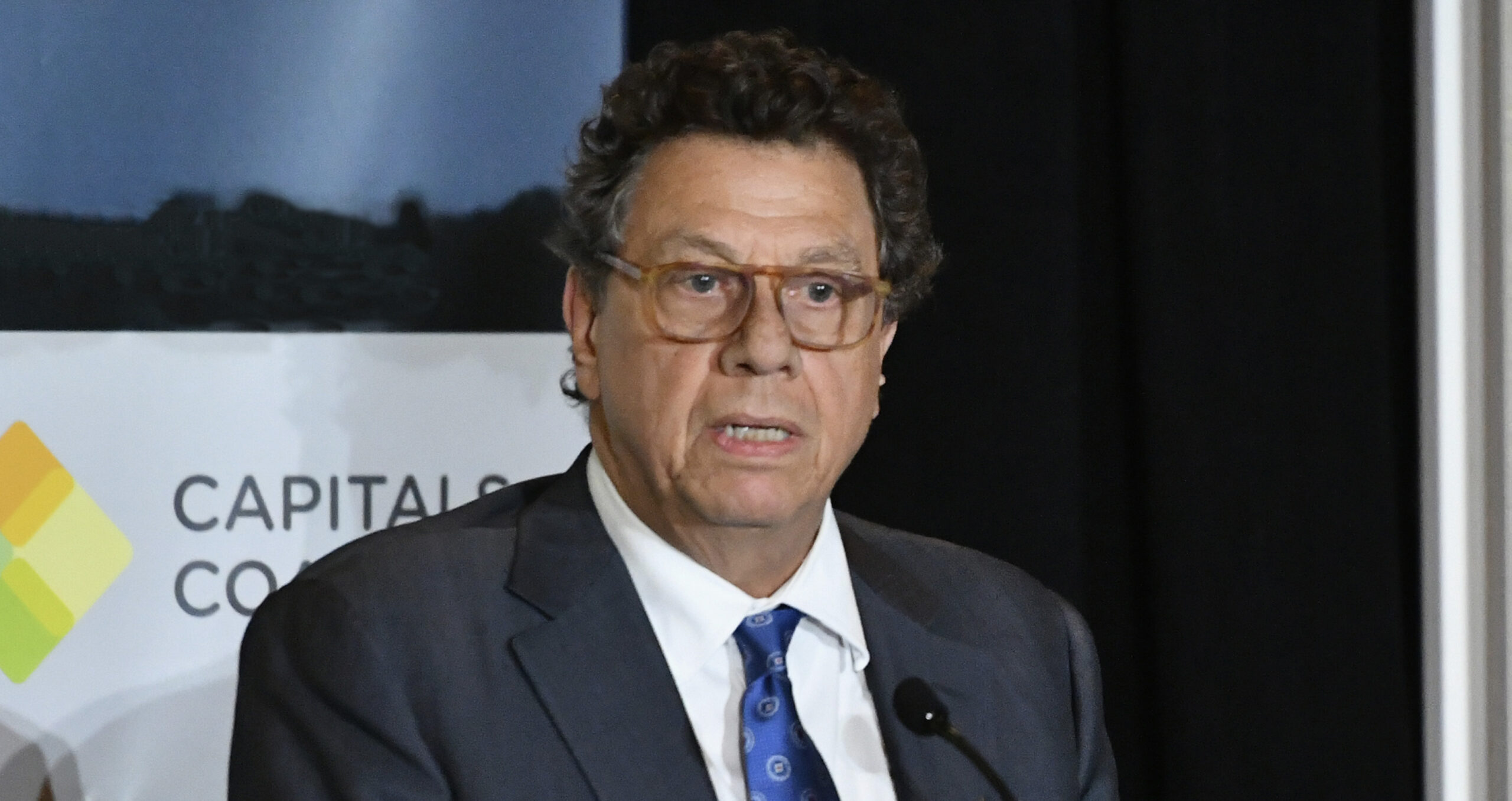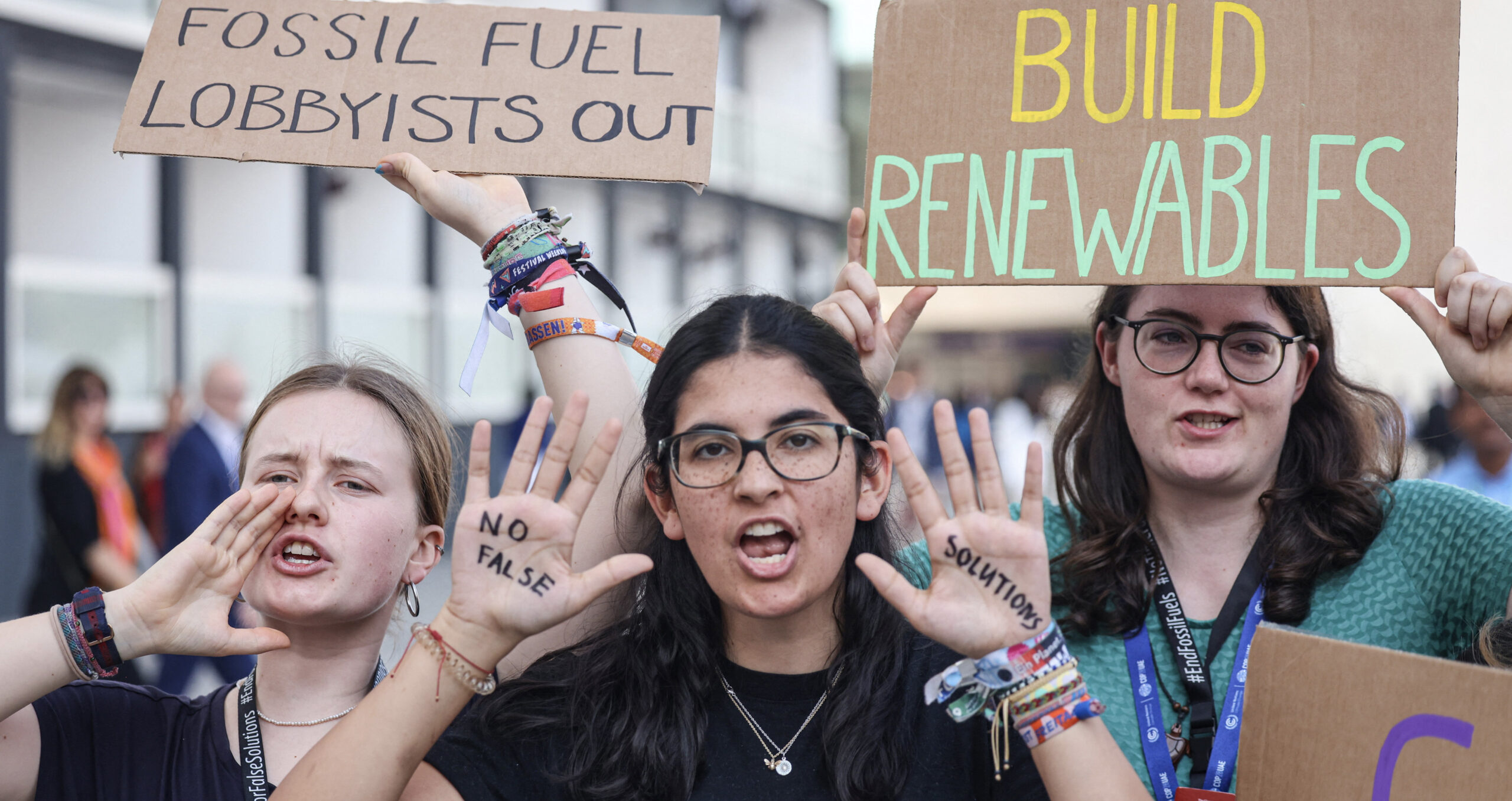

As pressure mounts on multilateral lenders to finance the green transition, their approach to risk needs to adapt and governments in high-income countries need to play their part.
Writing from COP27 in Sharm el-Sheikh, Egypt, where they are meeting with a number of multilateral development banks (MDBs) to discuss climate financing and risk, Irene Monasterolo of EDHEC Business School and Stefano Battiston of the University of Zurich and Ca’ Foscari University of Venice share a few thoughts on the subject with Sustainable Views.
Q: How can MDBs play a bigger role in the green transition? Is blended finance the solution?
Stefano Battiston: The climate-finance conversation is broader than blended finance. The problem of climate change cannot be solved by blended finance alone. No financial intervention, either public or private, can address climate change in the absence of credible economic and energy policies for decarbonisation.
Policy credibility makes investors’ expectations and risk assessment self-fulfilling, which in turn is key to reallocate capital into low-carbon and adaptation activities. In other words, investments in climate-mitigation make financial sense especially if governments commit to an energy transition path compatible with the (below) 2C goal of the Paris Agreement.
Q: Who should have the biggest responsibility for transition finance, governments and MBDs or private sector investors?
SB: Different actors play different yet complementary – and enabling – roles. It is an ecosystem where one will not succeed without the others.
Governments are to play a key role by introducing timely, credible and science-based policies for climate mitigation and adaptation. Convincing policy reforms, such as the introduction of an ambitious (for example, over $75/ton) carbon tax, and the termination of fossil fuel subsidies, should be introduced in high-income countries because they have larger economies and financial markets. They should do so also because they are historically responsible for larger share of carbon emissions and are a main source of financing for MDBs.
In turn MDBs can use these funds to finance climate mitigation and adaptation investments in emerging and developing economies. Policy credibility is a precondition to influence investors’ expectations and stimulate capital reallocation in the transition, allowing for an orderly transition that minimises risks of socio-economic and financial instability, as research has highlighted. The policy response to the current geopolitical and energy crisis may lead to reinforce the dependence on our economies on fossil fuels. As UN secretary-general António Guterres said here at COP27, this dependence is a “highway to climate hell”.
Irene Monasterolo: MDBs are a crucial actor but in order to fully deliver on their role for the climate, they need to revise the way they think and act on climate finance. They need a ‘theory of change’. This means in particular to recognise that climate risks are forward-looking and that in transition scenarios the risk of carbon-intensive projects is higher than for low-carbon ones. This should be reflected into the climate financial risk assessment of projects. Many MDBs have not yet internalised this idea.
An important step in this direction comes from the World Bank, which recently published a report on the subject, titled ‘Assessing Financial Risks from Physical Climate Shocks’ to implement green financial sector interventions aimed at decarbonization in emerging and developing markets.
Q: What about the private sector?
SB: The private sector is also a key player. With respect to climate mitigation, firms face the challenge to reallocate their own capital expenditures. According to the International Energy Agency, in order to meet the Paris Agreement goal, capital expenditures in the energy and electricity sectors together would have to increase only moderately (to about $1.9tn annually in 2030 compared to $1.6tn annually in 2019 globally). However, within private sectors, a massive shift in capital expenditures from high-carbon to low-carbon activities is required. The private financial sector has the opportunity to facilitate this reallocation. Providing finance for the low-carbon activities means a substantial scaling up of existing investments in this area.
With respect to climate adaptation, public authorities and firms will need to invest in making infrastructures resilient to acute effects (like extreme weather events) and chronic effects (such as the sea-level rise) of climate change. Part of these investments will have to be financed through grants or public expenditures. Another important part of investments will have to be financed at market rates (or at close-to-market rates) and thus represents an opportunity for the private financial sector.
Q: Should greater focus be placed on improving financial systems?
IM: There is an urgent need to redesign the financial architecture and make it ‘fit-for-purpose’ to address the climate challenges. This implies moving away from the sectoral approach deployed so far, which has focused on specific instruments and financial innovation, and move to a system-level approach. Indeed, in the current conditions of high public debt and high inflation, and the uncertainty and systemic nature of climate risks, traditional financial policy responses would not work. Several countries, both high-income countries and emerging and developing economies, do not have fiscal space or have levels of public debt that are to high to invest in climate mitigation and adaptation.
To enable countries to spend on climate action while remaining attractive for investors, the financial system needs to move from the concept of ‘debt capacity’ to the concept of ‘debt impact on the climate’. In particular, it has to focus on the mid-term co-benefits of investments done today, rather than on the intertemporal discount factors that have so far inhibited investments.
In other words, countries investing today in adaptation and resilience will have lower risk in the future as they will be better able to cope with the impacts of climate change compared to those who make less debt but less investments.
Further, climate finance for emerging and developing markets would require some forms for climate debt relief, where interests on debt could be levied to be invested in climate mitigation and adaptation projects, where project implementation is supervised by international financial institutions (like the IMF and the World Bank).
Irene Monasterolo is a professor at EDHEC Business School and Stefano Battiston is a professor at the University of Zurich and at Ca’ Foscari, University of Venice, and IPCC lead author.
Photo credit: Getty Images
Similar Articles

‘No leakage’ structure to strengthen carbon markets, says Costa Rica’s environment minister

Youth on COP28: few women but an ‘overwhelming number of fossil fuel lobbyists’


